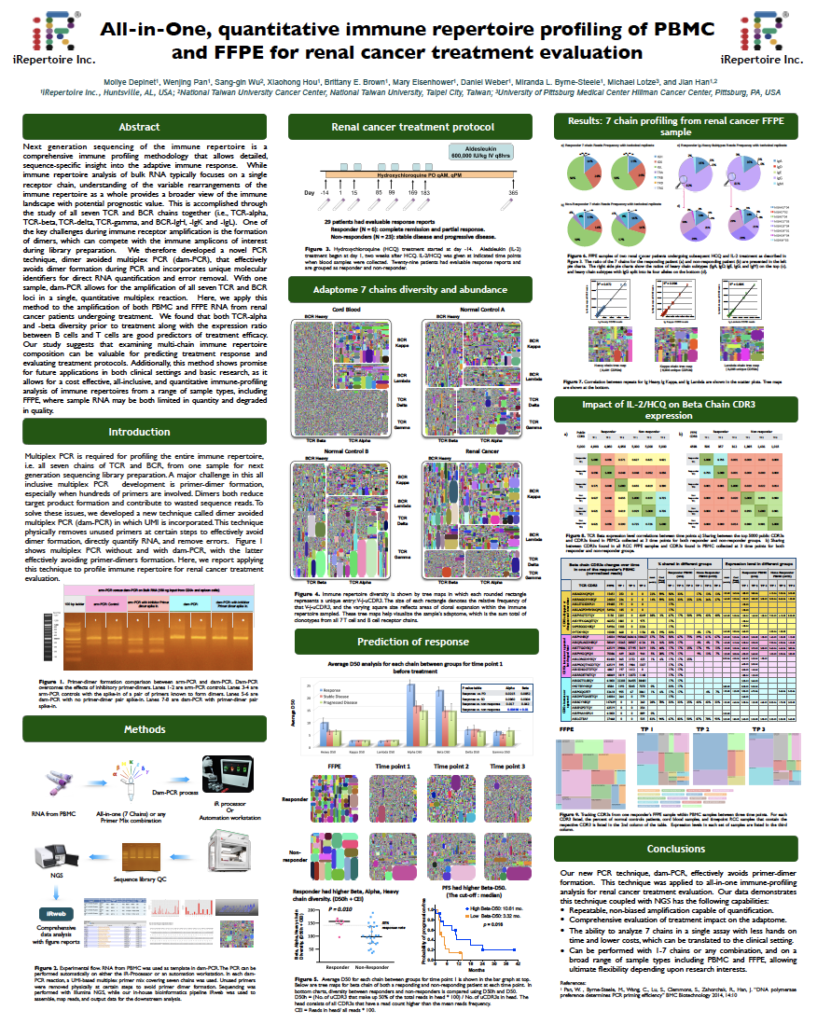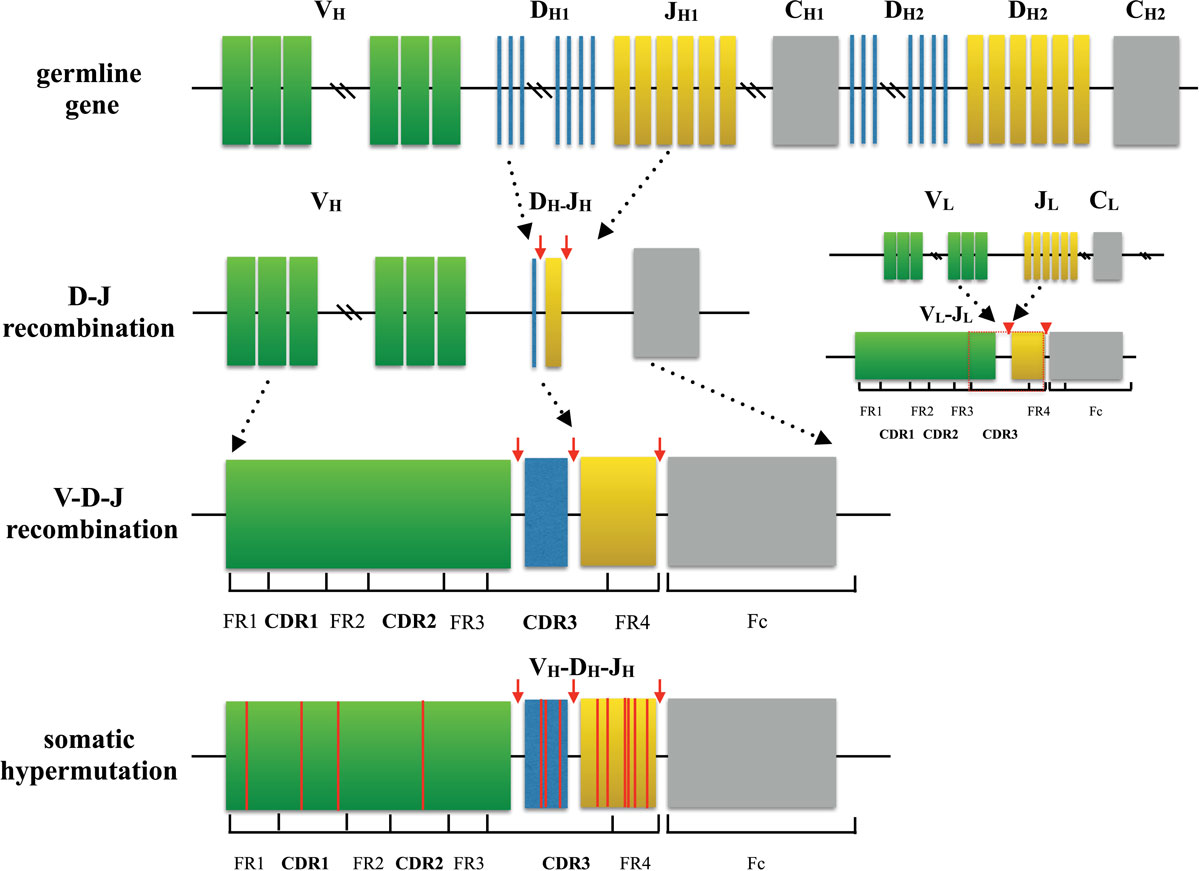
Thus, an efficient repertoire analysis requires both (1) methods that sample and describe the diversity of receptors at different levels for an acceptable cost and from a little amount of material and (2) analysis strategies that reconstitute the best multidimensional picture of the immune diversity from the partial information provided by the repertoire description as reviewed in Ref. However, immune repertoires of expressed antigen receptors are built by an integrated system of genomic recombination and controlled expression, and follow complex time-space developmental patterns. When considering the importance of efficient adaptive immune responses to get rid of infections naturally or to avoid auto-reactive damages, but also for therapeutic purposes such as vaccination or cell therapy, one realizes the relevance of understanding how lymphocyte repertoires are selected during differentiation, from ontogeny to aging, and upon antigenic challenge. These available repertoires are dramatically modified during antigen-driven responses especially in the inflammatory context of pathogen infections, autoimmune syndromes, and cancer to shape actual repertoires. In addition, several different functional T and B cells subsets have been identified, with differential dynamics and antigen-specific patterns. Primary IG and TR repertoires are therefore shaped to generate the available peripheral or mucosal repertoires. During their differentiation, lymphocytes are subjected to selective processes, which lead to deletion of most auto-reactive cells, selection, export, and expansion, of mature T and B cells to the periphery. The product of the V-(D)-J joining, called the complementarity determining region 3 (CDR3) and corresponding to the signature of the rearrangement, binds the antigen and is responsible for the specificity of the recognition. TR and IG are produced by random somatic rearrangements of V, D, and J genes during lymphocyte differentiation. The resources available to generate the potential repertoires are described by the genomic T cell receptor (TR) and immunoglobulin (IG) loci. T and B cell repertoires are collections of lymphocytes, each characterized by its antigen-specific receptor. To conclude, we provide some examples of recent mathematical modeling strategies and perspectives that illustrate the active rise of a “next-generation” of repertoire analysis. We then present the variety of available statistical analysis and modeling approaches developed with regards to the various levels of diversity analysis, and reveal the increasing sophistication of those modeling approaches. In this line, we discuss the recent efforts made for nomenclature standardization and ontology development. NGS provides several angles of analysis such as clonotype frequency, CDR3 diversity, CDR3 sequence analysis, V allele identification with a quantitative dimension, therefore requiring high-throughput analysis tools development.


Additionally, we introduce the recent technological advances in molecular biology tools allowing deeper analysis of IG/TR diversity by next-generation sequencing (NGS), offering systematic and comprehensive sequencing of IG/TR transcripts in a short amount of time. First, we describe the broad range of available methodological tools developed in the past decades, each of which answering different questions and showing complementarity for progressive identification of the level of repertoire alterations: global overview of the diversity by flow cytometry, IG repertoire descriptions at the protein level for the identification of IG reactivities, IG/TR CDR3 spectratyping strategies, and related molecular quantification or dynamics of T/B cell differentiation.

We review here classical technologies and analysis strategies developed to assess immunoglobulin (IG) and T cell receptor (TR) repertoire diversity, and describe recent advances in the field.


 0 kommentar(er)
0 kommentar(er)
